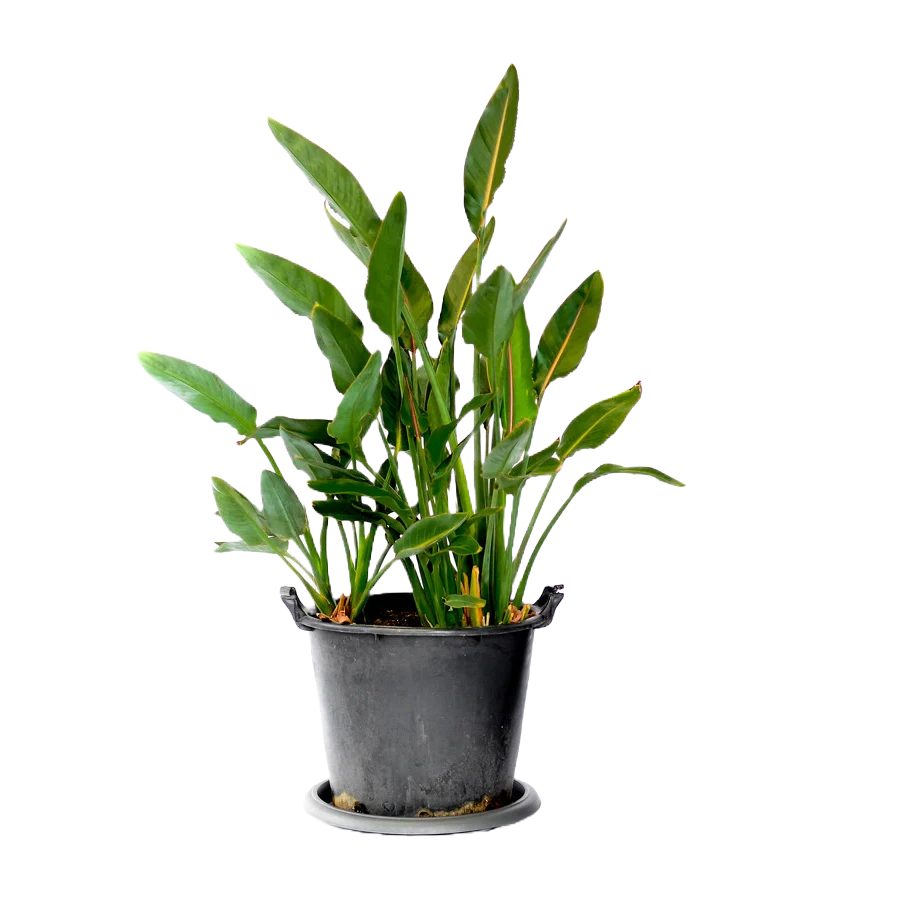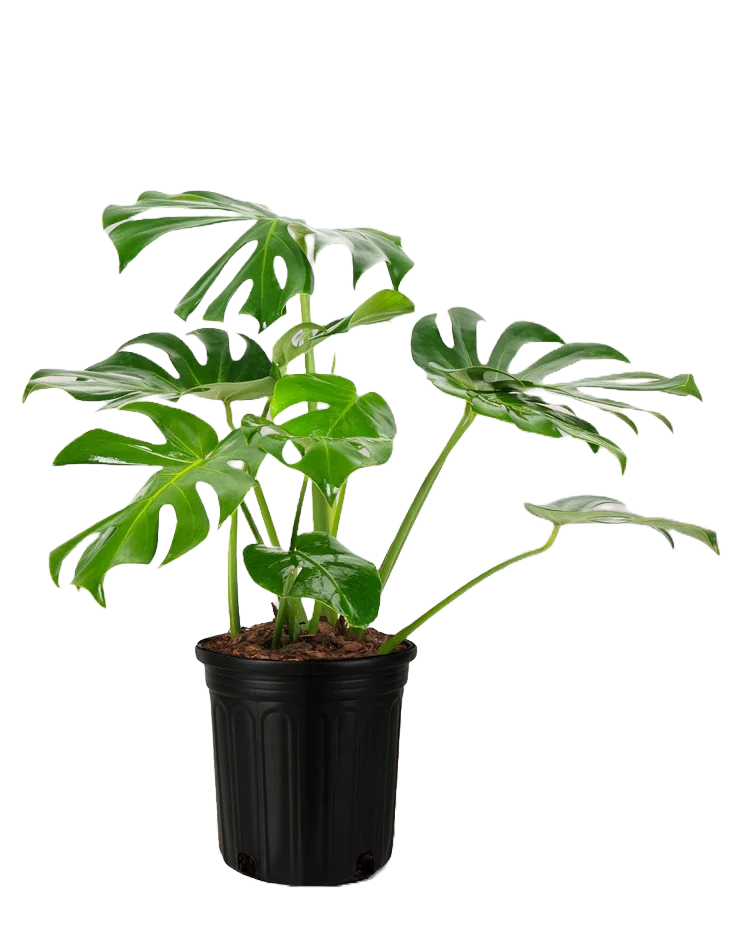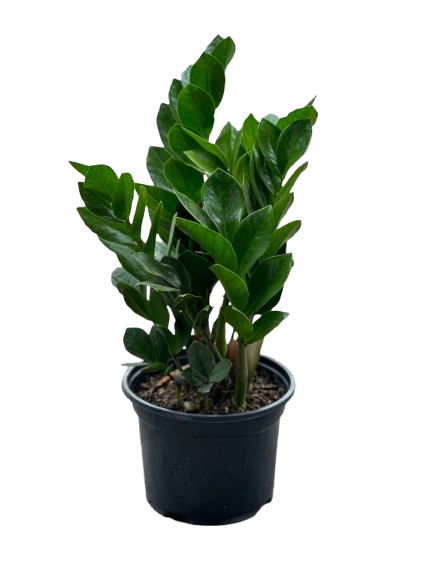The Manuka plant (Leptospermum scoparium) is a hardy evergreen shrub best known for producing the famous Manuka honey. Native to New Zealand and parts of Australia, it is gaining popularity in Kenya for its ornamental value, medicinal benefits, and drought tolerance. Manuka produces delicate white-to-pink flowers and fragrant foliage, making it a striking addition to home gardens, herbal gardens, and landscaping projects in Kenya’s diverse climates.
Why Grow This Plant?
- Beautiful, delicate flowers that attract bees and beneficial pollinators.
- Highly drought-tolerant and low-maintenance once established.
- Leaves and flowers have natural antibacterial and immune-support benefits.
- Can be grown for honey production when kept near hives.
- Ideal for hedging, borders, herb gardens, and decorative landscaping.
Cultural & Historical Significance
In Maori tradition (New Zealand), Manuka has long been revered as a medicinal plant used for soothing skin, respiratory relief, and healing wounds. Its honey became globally valued due to its unique antibacterial and anti-inflammatory properties. Today, Manuka symbolizes natural healing and resilience and is cultivated in various parts of the world as a wellness and ornamental plant. In global herbal practices, Manuka is also used in teas, steam infusions, healing balms, and aromatic bathing rituals.
Ideal Growing Conditions in Kenya
- Sunlight: Full sun to light partial shade.
- Temperature: Best in cool to warm climates—performs well in Nairobi, Kiambu, Limuru, Nyeri, Nanyuki, Eldoret and highland regions.
- Soil: Prefers well-draining, slightly acidic soil. Avoid heavy clay soils unless amended.
- Watering: Water lightly but consistently when young; once established, it tolerates drought well.
- Spacing: Plant 60–100 cm apart for hedging or border planting.
How to Plant It
- Choose a sunny planting location with good drainage.
- Loosen the soil and mix with compost or organic matter.
- Remove the plant from the nursery bag and loosen the roots gently.
- Place into the hole, cover with soil, and press down lightly.
- Water thoroughly and apply mulch around the base to retain moisture.
Care Tips
- Do not overwater—Manuka prefers slightly dry soil.
- Prune lightly after flowering to maintain shape and encourage branching.
- Avoid heavy fertilizers; Manuka thrives in lean soils.
- If growing for honey production, plant near flowering herbs to support pollinator populations.
Pests & Diseases
- Root Rot: Caused by overwatering or poorly draining soil.
- Scale & Aphids: Treat using neem oil or insecticidal soap.
- Leaf Drop: Often linked to soil staying wet for too long—reduce watering.
Pet Safety
Manuka is considered non-toxic to pets and is safe to grow in households with cats and dogs.
Growing in Containers
Manuka grows beautifully in pots, especially in urban balconies and verandas. Use a large pot with drainage holes and a light, sandy mix. Place in bright light and avoid overwatering to ensure healthy growth.
Where to Buy This Plant in Kenya
You can find healthy Manuka plants and stylish planters at:
https://plantify.co.ke
Final Thoughts
The Manuka plant is a stunning and meaningful addition to Kenyan gardens—combining beauty, resilience, pollinator support, and natural healing value. Whether you love herbal wellness, landscaping, or unique plants, Manuka is a rewarding species to grow and enjoy.







